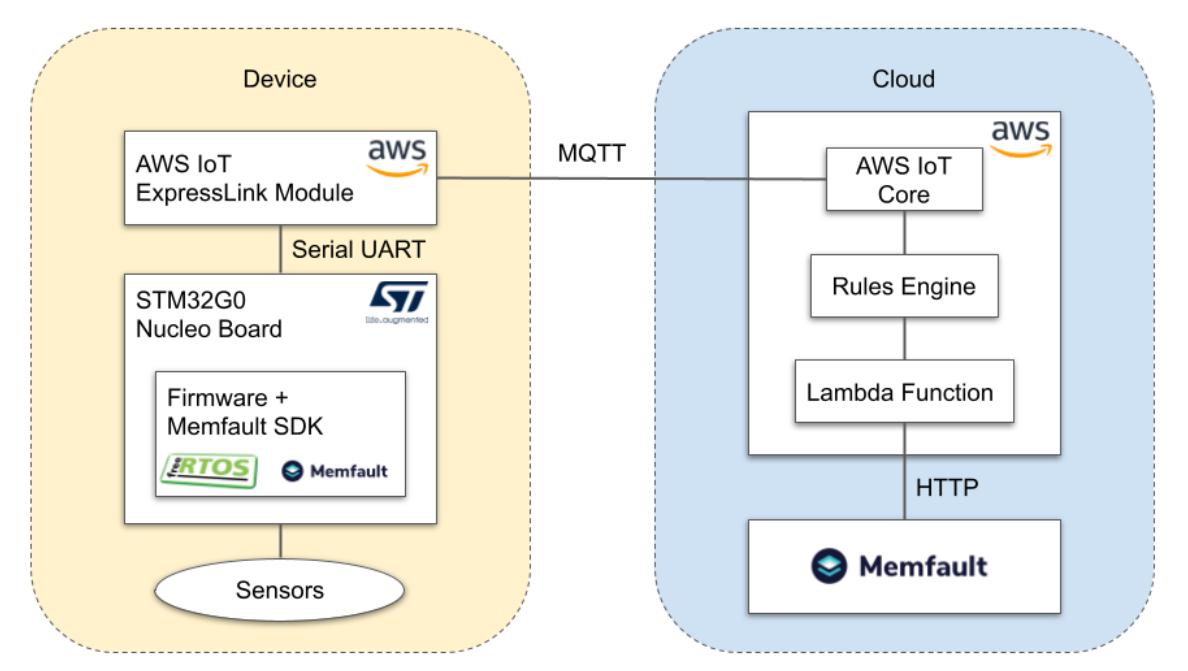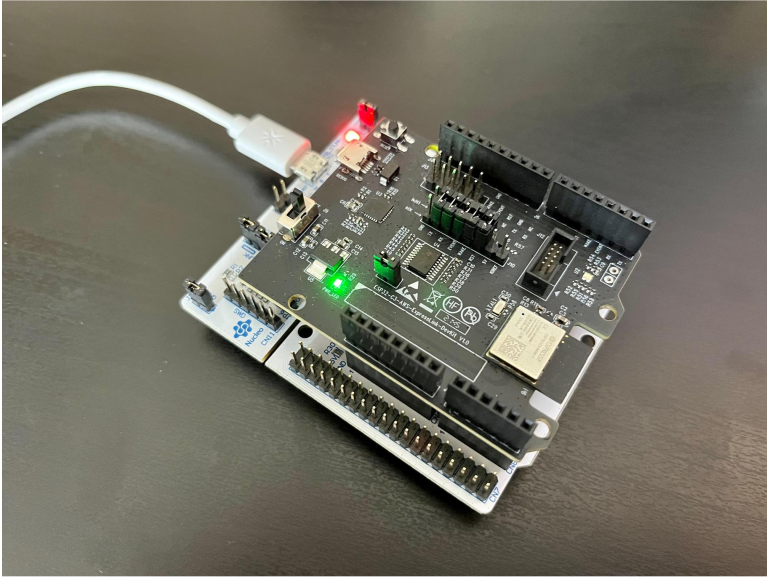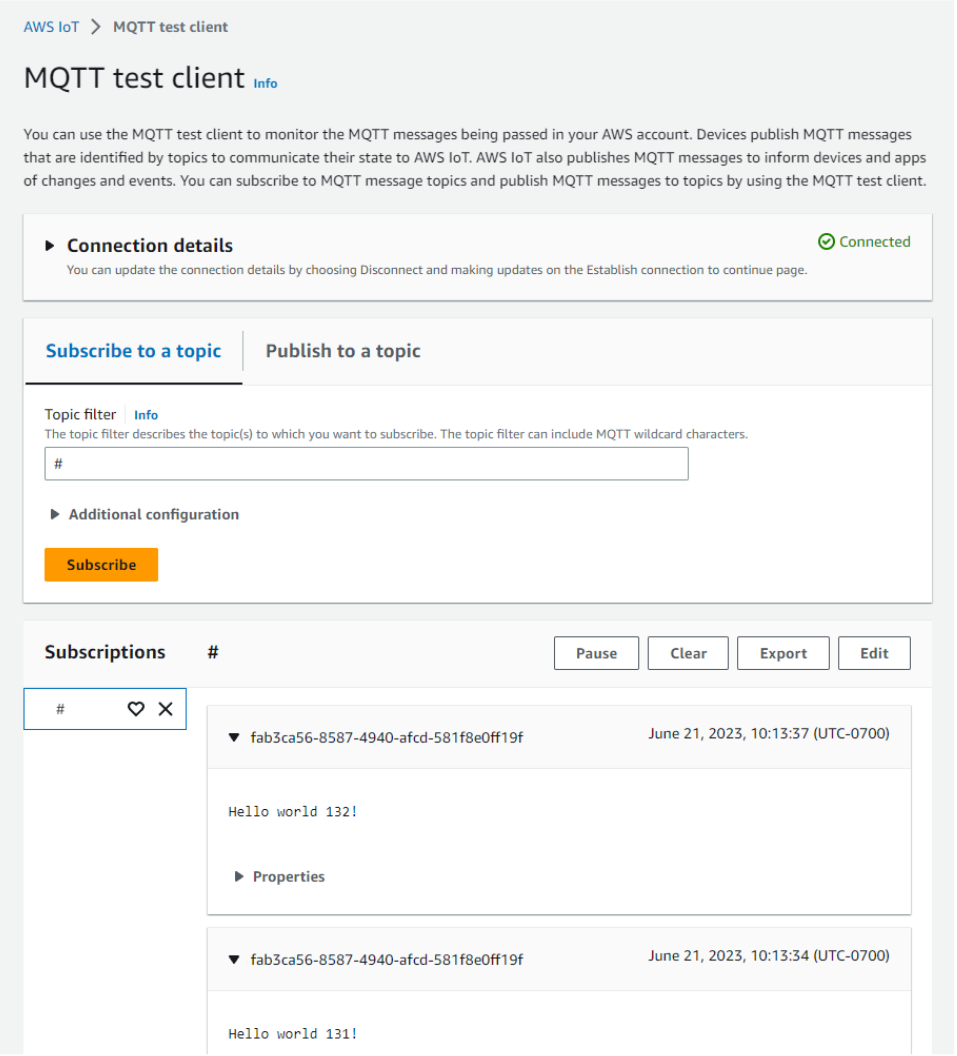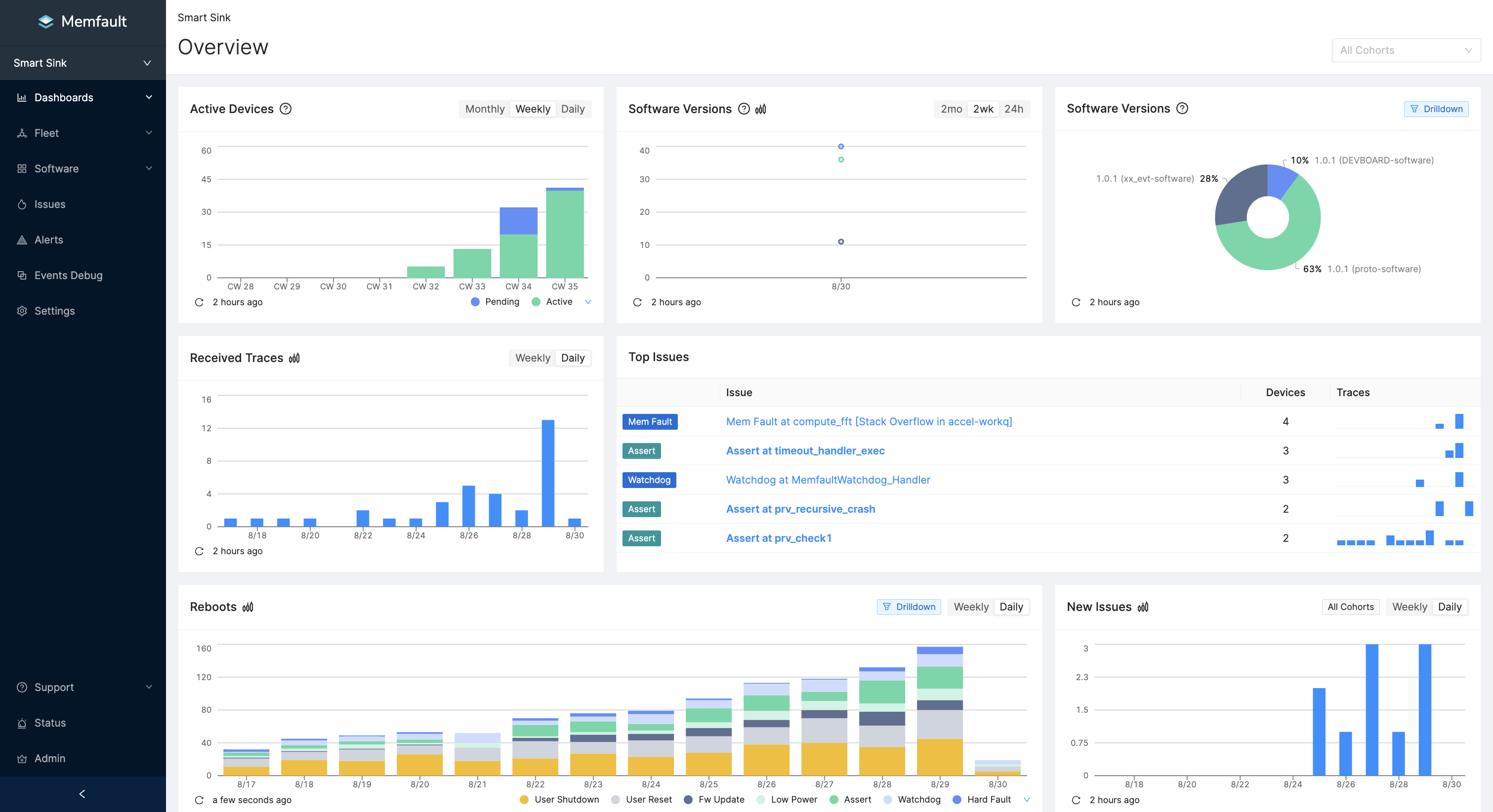Integrating Memfault With AWS IoT Core and ExpressLink
In the dynamic realm of embedded systems, the right combination of hardware and software components can transform the development process and empower engineers to build robust and efficient solutions. This article explores a streamlined device-to-cloud embedded design utilizing the STM32G0 Nucleo board from STMicroelectronics, an AWS IoT ExpressLink module from Espressif, AWS IoT Core for secure MQTT communication, and Memfault for remote debugging. We will delve into the seamless integration of these technologies and highlight the benefits they offer in the context of IoT applications.
To ensure the reliability and stability of IoT applications, effective debugging and error monitoring are crucial. Memfault comes to the rescue with its comprehensive set of tools for remote debugging, crash reporting, and real-time error monitoring.
Table of Contents
System Design
First, let’s take a look at the high-level architecture. This article will cover the primary components identified along with how they fit together. The device side is primarily hardware, but will also include your custom firmware as well as any specific device configuration. The cloud side leverages AWS services as a bridge to Memfault.

In this design, the STM32G0 Nucleo board serves as a versatile development platform based on the STM32G0 series of microcontrollers. The STM32G0 is a low-cost, low-power, 32-bit MCU based on the Arm Cortex-M0+. It offers a solid foundation for prototyping and developing embedded applications. Peripherals such as sensors and actuators can be easily attached to suit the intended behavior of the device. STMicroelectronics has a rich and extensible development environment with STM32CubeMX and STM32CubeIDE that can be used for the STM32G0. In conjunction with these tools, STMicroelectronics also developed the I-CUBE-ExpressLink expansion to make developing firmware with AWS IoT ExpressLink connectivity modules incredibly easy. The board comes complete with Arduino headers, which is a perfect interface to plug in the AWS IoT ExpressLink development kit from Espressif.
What is AWS IoT ExpressLink?
Before we dive into the specifics of the aforementioned connectivity module available from Espressif, let’s cover some basic information about AWS IoT ExpressLink. AWS IoT ExpressLink is a hardware and software solution available through qualified AWS partners to provide connectivity to AWS with very little coding and very few dependencies. This comes in the form of a hardware module with software built in that can connect to AWS IoT Core securely with pre-provisioned keys and certificates. The interface to the module is a serial UART and implements a small AT command set. In this way, the module acts like a “cloud modem.” To date, several AWS IoT ExpressLink modules are in production with cellular and Wi-Fi connectivity available from these AWS partners: Espressif, Infineon, Realtek, Telit Cinterion, and u-blox.
Setting up the Hardware
In this article, we are using the Espressif dev kit with Wi-Fi connectivity. You can follow the links above to discover various procurement options. Configuration of the dev kit is straightforward by following the steps in this guide from Espressif. At a minimum, AWS IoT Core must be provided the device certificate and name, and the module must be provided the MQTT endpoint along with the Wi-Fi credentials. Once you finish the configuration, simply plug in the dev kit to the STM32G0 Nucleo board as shown in the setup below.

To program the firmware of the device, you can leverage the I-CUBE-ExpressLink expansion mentioned earlier in the article. To set up your development environment, follow the instructions from STMicroelectronics in this guide. The steps include the installation of several packs in your development environment. There are examples and code provided so you can get your device connected to AWS IoT Core and publish data over MQTT topics. Of course, you can connect different kinds of sensors to the device and capture the readings within your code to send as data to the cloud for processing as well.

Enter Memfault
To ensure the reliability and stability of IoT applications, effective debugging and error monitoring are crucial. Memfault comes to the rescue with its comprehensive set of tools for remote debugging, crash reporting, and real-time error monitoring. By integrating Memfault into the STM32G0 Nucleo and AWS IoT ExpressLink combination, developers gain valuable insights into application crashes, exceptions, and faults. This integration enables proactive error detection, efficient bug fixing, and improved system performance, resulting in more robust and reliable IoT applications. You can get started with a free Memfault account.
On the device side, the Memfault SDK can be used to incorporate Memfault into the firmware code to enable the remote debugging capabilities. When an application encounters an error, the Memfault SDK captures relevant information and splits it into smaller chunks. These chunks are then sent securely to the Memfault API via AWS IoT Core and MQTT. By dividing the data into manageable chunks, developers can ensure efficient and reliable transmission, even in resource-constrained environments. This approach enables comprehensive error reporting, aiding in quicker issue resolution and enhancing the overall stability of IoT applications.
Forwarding Messages
However, how does the MQTT broker forward the data to the Memfault API? This is where the Rules Engine in AWS IoT Core comes into play along with a custom AWS Lambda function for calling the Memfault API directly. The Memfault docs provide an example of the recommended rule setup which looks like this:
SELECT encode(\*,'base64') AS data, topic() AS topic FROM 'prod/+/+/memfault/\#'
Another example of this configuration and setup can be found here from Nordic Semiconductor as an asset tracking use case.
Memfault Dashboard
At this point, we have covered all the components of the architecture in the diagram at the beginning of the article. You should have a complete picture of how the hardware, software, connectivity, and services all fit together in this device-to-cloud embedded design. This design allows you to interact with the Memfault dashboard in both development and production to gain insights into the device’s behavior.

Wrapping Up
By harnessing the combined power of the STM32G0 Nucleo board, AWS IoT ExpressLink, and Memfault, developers can unlock new frontiers in IoT application development. This integration empowers engineers to prototype, debug, monitor, and securely connect their devices while facilitating efficient data processing and analysis. Leveraging cloud services and scalable infrastructure, IoT applications built using this combination can revolutionize domains like home automation, industrial monitoring, smart agriculture, and beyond. The fusion of these technologies propels innovation, enabling the creation of robust and future-proof IoT solutions.
See anything you'd like to change? Submit a pull request or open an issue on our GitHub

